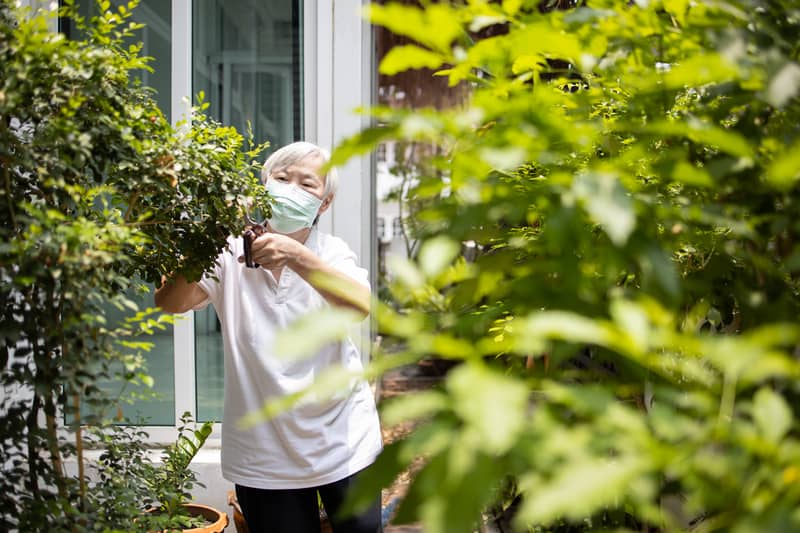As we head further into spring, the trees will begin budding and the potential for diseases to infiltrate the urban forests in our beautiful city will increase with the warmer weather. Not only are the trees waking up, but so are the pests and the potential diseases! To do our part to protect our shade-providing tree friends, here are the top tree diseases to watch out for in Calgary and what we can do to prevent them!
Fire Blight
Shrubs and trees in the rose family, such as saskatoon, raspberry, crab apple or mountain ash, are primarily in danger of this bacterial disease that thrives in warm, humid weather. Calgary summers don’t often get hot enough for the ideal environment to encourage Fire Blight, but heavy rain and thunderstorms can start the domino effect of the onset of this disease. It can be spread via insects, contaminated instruments used on trees, severe winds and rain and even wounds inflicted on the bark from a hail storm. An infected tree will have a few undeniable characteristics, including leaves that look as though they’re fire-scorched or red and the leaves will eventually brown yet remain attached to the plant, new growth growing directly downward and wilting at the ends or an orange-yellow liquid that will secrete from sick twigs. This sticky liquid is packed full of bacteria and is very contagious. Pruning and cutting back the disease is the best way to remove it, but you must be sanitizing your tools between each cut with a 25% bleach to 75% water mixture. Take the diseased branches directly to the landfill and don’t use them in mulch, compost or any other project as they’re still infected and still contagious!
Black Knot Fungus
This dark, clumpy-looking fungus mainly infects the Prunus species of trees, such as chokecherry, lilacs or plum and other fruit-bearing trees. The disease is spread via airborne spores or hitching a ride along with a bird and the spores will begin growing a black, abnormal mass on the branches of Prunus trees. It won’t necessarily kill the tree, but it won’t be healthy either. Pruning back the affected areas with sheers and a bleach solution is the best way to rid yourself of this fecal-looking fungus, but be careful because it is easily spread. If you aren’t versed in the techniques of pruning, don’t be ashamed to hire an arborist. When the fungus is dormant is the best time to prune, so cut back the infection in early winter and avoid pruning in spring. You’ll want to take these cuttings directly to the landfill to dispose of them!
Bronze Leaf Disease
Bronze leaf disease is another fungus that attacks poplar hybrids and varieties, like cottonwood, aspen or towering poplar. Like it says in the name, it will turn the leaves of a sick tree a reddish or orange-brown and start from the outside of the leaf and work its way inward. Other symptoms consist of dieback on the diseased branches and twigs, the veins in the leaves remaining a bright green while the disease sucks the colour from the rest of the leaf or the tree turning brown underneath the bark of the affected branch or limb. Once again, pruning is your best course of action against bronze leaf disease and you’ll want to take the diseased branches straight to a landfill. In addition, you’ll want to collect the fallen leaves from the tree as well as any other dead or dying trees to minimize potential spread.
With all these diseases, early detection and removal of the infection is the best form of prevention. The trees in our city do a lot of work for us, including shading our homes, parks and pathways and it’s the least we can do to take care of our tall, leafy friends. Watch for these diseases as spring continues into summer and don’t be afraid to give us a call at 403.262.1666 if you suspect you might be dealing with any of the mentioned symptoms. Here at One Man and a Lady Bug, we take care of our trees and we want to help you care for yours!



